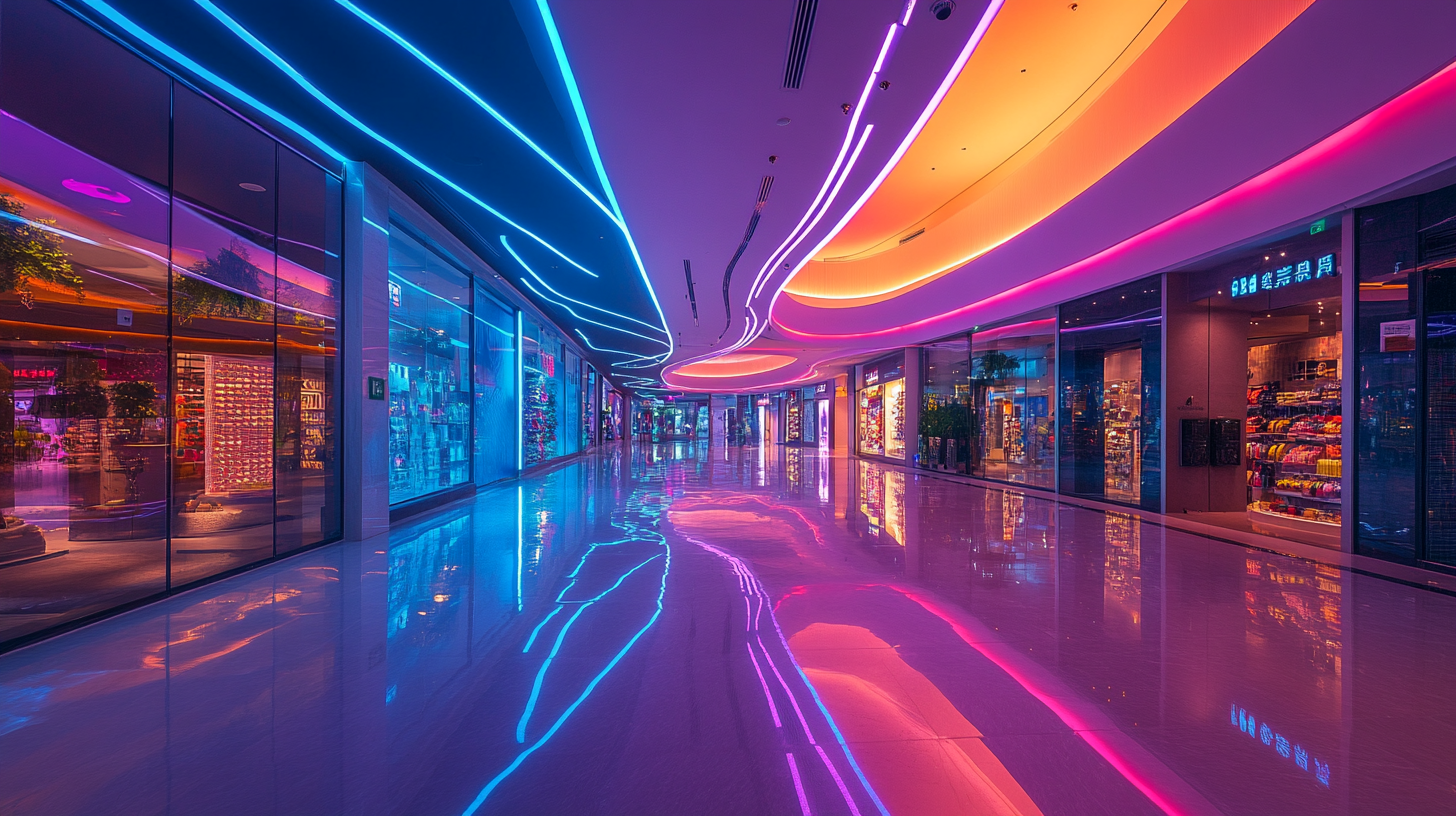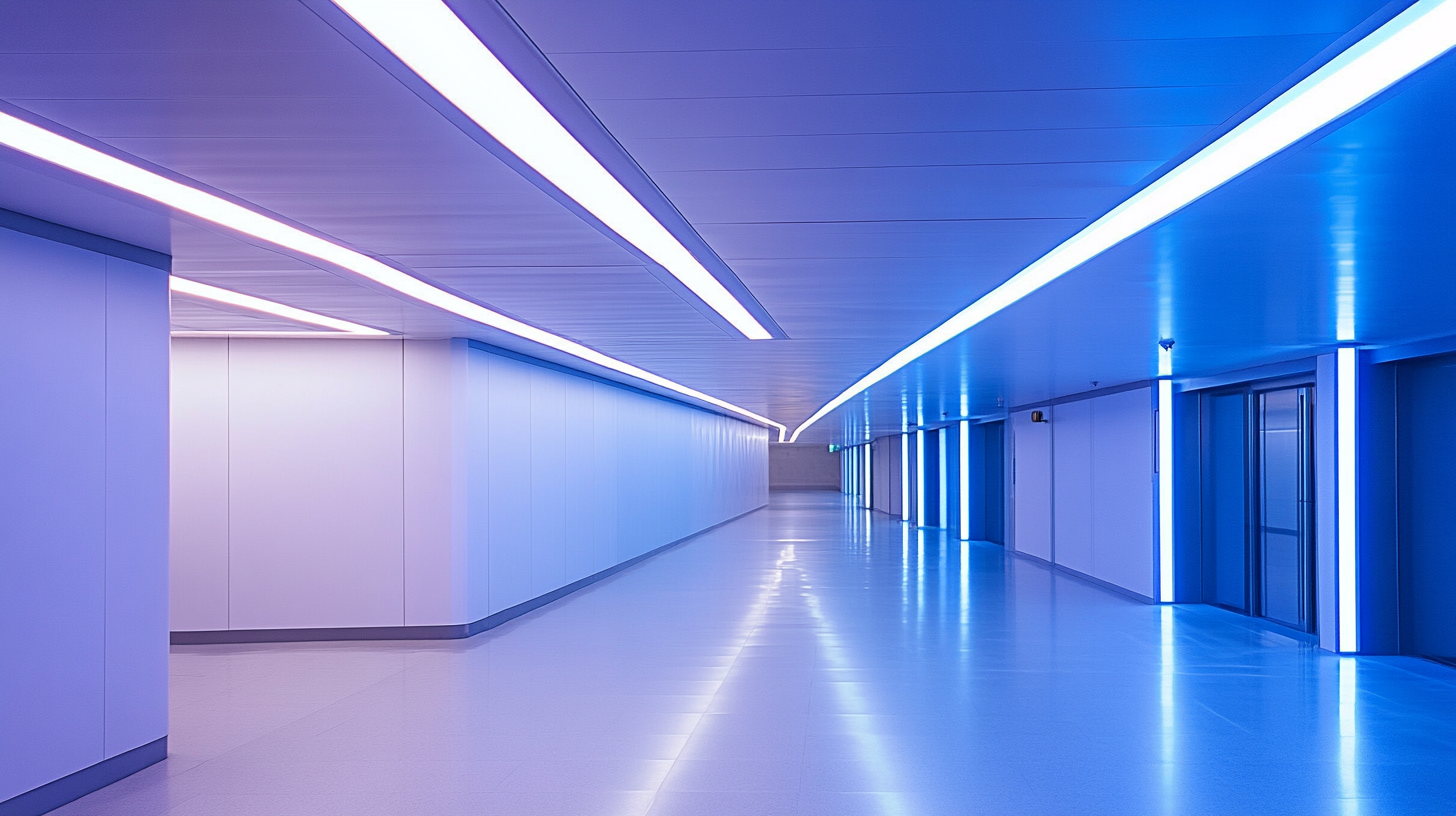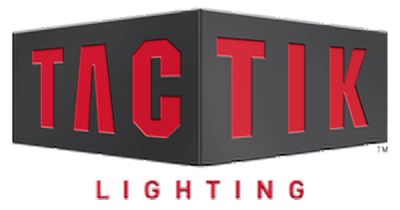7 Essential Insights for Sourcing LED Linear Lighting Efficiently
In recent years, the demand for LED linear lighting has skyrocketed, driven by the growing emphasis on energy efficiency and sustainable practices in both residential and commercial spaces. According to the latest report from the International Energy Agency (IEA), global investments in LED technology have surged, contributing to a significant reduction in energy consumption, which is projected to lead to a 50% decrease in lighting energy use by 2030. This transition not only supports environmental objectives but also enhances lighting quality and longevity, making LED linear lighting an increasingly attractive option for architects, designers, and facility managers.
As organizations strive to optimize their lighting solutions, sourcing LED linear lighting efficiently is essential for maximizing benefits and minimizing costs. The market for LED linear lighting is expected to exceed $10 billion by 2025, indicating a robust growth trajectory that underscores its importance in various applications, from office environments to decorative architectural setups. Understanding key insights in sourcing practices can empower stakeholders to make informed decisions that align with both performance expectations and budgetary constraints, thus ensuring that their investments yield the best possible returns.

Understanding the Basics of LED Linear Lighting for Optimal Sourcing
Understanding the basics of LED linear lighting is crucial for businesses looking to optimize their sourcing strategies. LED linear lighting has gained popularity due to its energy efficiency and versatility, making it an ideal choice for various applications such as commercial spaces, retail environments, and even residential settings. According to the U.S. Department of Energy, LED lighting can save up to 75% more energy compared to traditional incandescent and fluorescent lighting, a factor that significantly influences sourcing decisions. When sourcing LED linear lighting, it's important to comprehend the key specifications that affect performance and suitability. For instance, lumen output, color temperature, and CRI (Color Rendering Index) are vital metrics that define the quality of light produced. A report by the Lighting Research Center emphasizes that LEDs with a higher CRI (90+) provide a more accurate color representation, making them essential for retail and gallery applications. Furthermore, understanding the thermal management and lifespan of these products—often rated at 50,000 hours or more—can lead to reduced maintenance costs and improved long-term value. Additionally, staying updated with technological advancements is crucial, as the LED market is evolving rapidly. Insights from industry analyses suggest that the global LED lighting market is expected to reach $160 billion by 2026, growing at a CAGR of around 13.3%. This growth signifies increasing innovations in efficiency and design, highlighting the necessity for informed sourcing decisions to tap into the latest technologies and maximize ROI.

Key Factors to Consider When Selecting LED Linear Lighting Suppliers
When selecting LED linear lighting suppliers, several key factors come into play that can significantly impact the efficiency and effectiveness of your sourcing process. First and foremost, understanding the supplier's reputation in the market is crucial. This includes evaluating their product quality, customer service, and delivery capabilities. Look for suppliers that have established themselves in the industry and have positive reviews or certifications that attest to their reliability.
Another important consideration is the range of products offered by the supplier. A versatile supplier who provides various linear lighting solutions can save you time and effort in sourcing different components from multiple vendors. Additionally, assess the supplier's ability to adapt to your specific needs, such as custom solutions or unique design requirements. This flexibility can greatly enhance your project's overall success.
Moreover, price competitiveness should never be overlooked. While it may be tempting to opt for the cheapest option, evaluating the total cost of ownership, including energy efficiency and maintenance, is vital. As noted in recent market reports, the LED segment is projected to grow significantly, indicating a robust demand for quality products. Therefore, partnering with a supplier that offers a good balance of cost and quality is essential for long-term satisfaction and sustainability in your lighting projects.

Evaluating Energy Efficiency Ratings for LED Linear Lighting Solutions
When sourcing LED linear lighting solutions, evaluating energy efficiency ratings is crucial for making informed decisions. Energy efficiency ratings, such as the Lighting Facts label, provide essential information about the performance of lighting products, allowing buyers to compare options effectively. These ratings focus on factors like lumens per watt, which measures how much light is produced for each watt of energy consumed. A higher lumens per watt ratio indicates a more efficient product, meaning lower energy costs and reduced environmental impact over time.
Additionally, understanding the impact of color rendering index (CRI) is vital when assessing LED linear lighting. The CRI indicates how accurately a light source displays colors in comparison to natural light. A higher CRI rating is essential in applications where color perception is crucial, such as in retail or art galleries. When examining energy efficiency, it’s important to consider not just the wattage but also how well the lighting performs in its intended environment.
Moreover, it’s worth investigating the product lifespan and warranty coverage. High-quality LED linear lights can last up to 50,000 hours or more, significantly reducing their replacement frequency and associated costs. A longer lifespan often correlates with better energy efficiency, making it a vital aspect to consider. By focusing on these energy efficiency ratings, buyers can ensure that their choice of LED linear lighting is not just economically feasible but also sustainable.

Navigating Cost vs. Quality in LED Linear Lighting Procurement
When it comes to sourcing LED linear lighting, the balance between cost and quality is critical. Procurement experts must navigate a landscape that offers a plethora of options, each presenting different price points and specifications. Low-cost lighting solutions may initially seem attractive, but they often come with hidden drawbacks, such as shorter lifespans, decreased energy efficiency, and poor color rendering. Therefore, it’s essential to prioritize quality while being mindful of budget constraints.
One effective strategy for balancing cost and quality is to assess the total cost of ownership (TCO) rather than focusing solely on the upfront procurement prices. This includes evaluating factors such as energy consumption, maintenance requirements, and expected lifespan. High-quality LED products may have a higher initial cost but can lead to significant savings over time due to reduced energy bills and less frequent replacements. Evaluating products on a TCO basis empowers buyers to make informed decisions that align with long-term financial goals and sustainability initiatives.
In addition, fostering relationships with reputable suppliers who emphasize quality can further enhance the procurement process. A reliable supplier should provide detailed specifications, certifications, and performance data, allowing buyers to make educated comparisons and mitigate risks associated with inferior products. By prioritizing quality and investing in robust supplier partnerships, procurement teams can ensure that their LED linear lighting solutions meet both performance expectations and financial constraints, creating a win-win scenario for their organizations.
Trends in LED Linear Lighting Technology That Impact Sourcing Decisions
As the landscape of LED linear lighting technology evolves, sourcing decisions are increasingly influenced by emerging sustainability trends. With a growing emphasis on environmental responsibility, particularly among Generation Z, companies need to adapt their sourcing strategies to align with these priorities. This demographic, known for its commitment to sustainability, is shaping the market by prioritizing eco-friendly products and practices. Businesses that want to thrive must integrate these insights into their sourcing processes to appeal to the values of this influential generation.
A key trend in sourcing LED linear lighting is the shift toward energy-efficient solutions. Innovations in technology now allow for longer-lasting products with lower energy consumption, reducing the environmental footprint of lighting systems. Furthermore, the materials used in manufacturing LED linear lights are being scrutinized, with a push towards recyclable and sustainable sources. Companies that embrace these advancements not only fulfill the demands of eco-conscious consumers but also position themselves as leaders in the sustainable market.
Another significant insight is the importance of transparency in the supply chain. Generation Z values authenticity and seeks reassurance that their purchasing decisions are contributing to a healthier planet. By providing detailed information about the sourcing and manufacturing processes, companies can foster trust and loyalty with their customers. Emphasizing sustainable practices not only enhances brand reputation but also leads to informed buying choices, ultimately influencing broader market trends and expectations in LED linear lighting sourcing.

